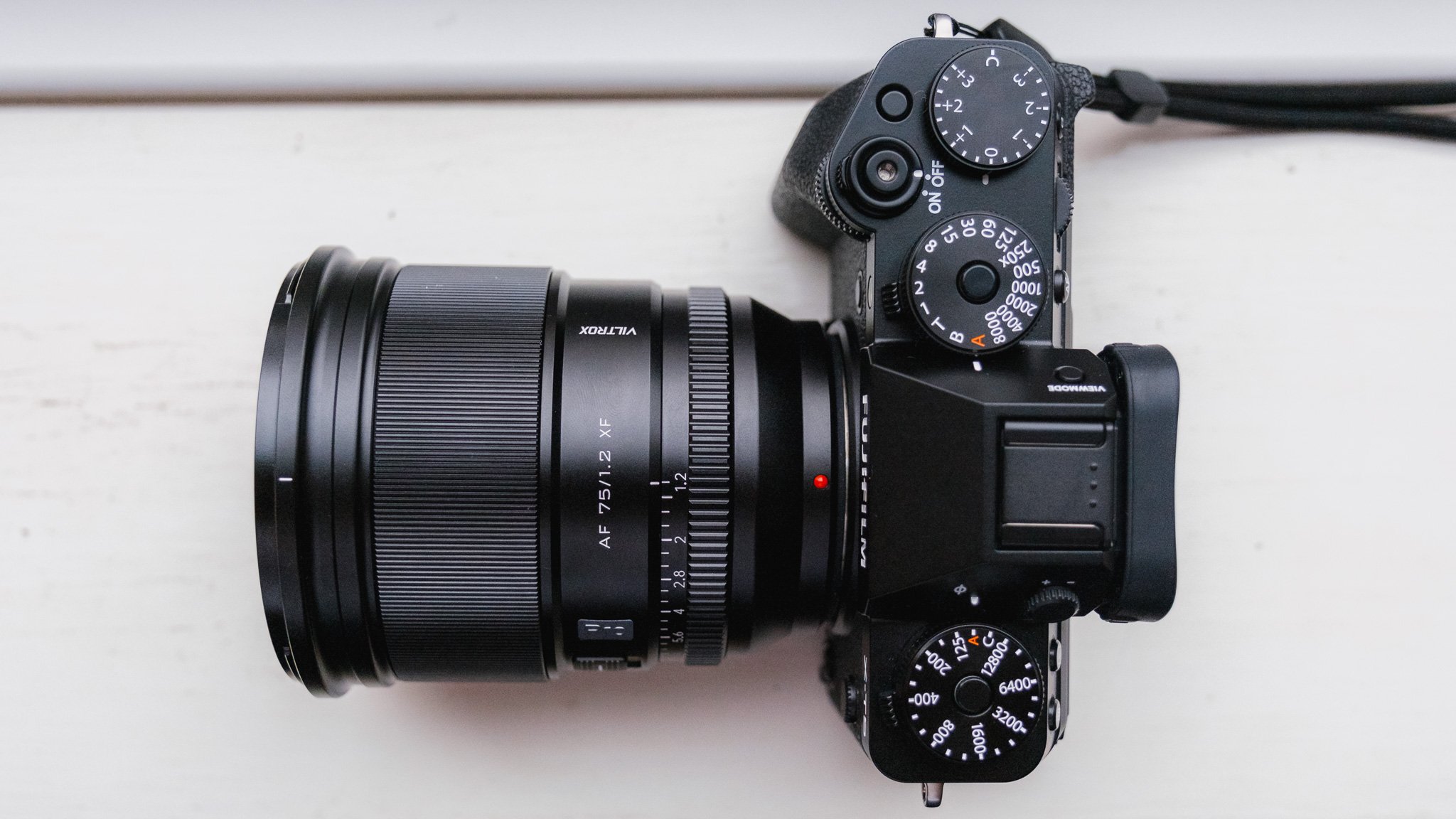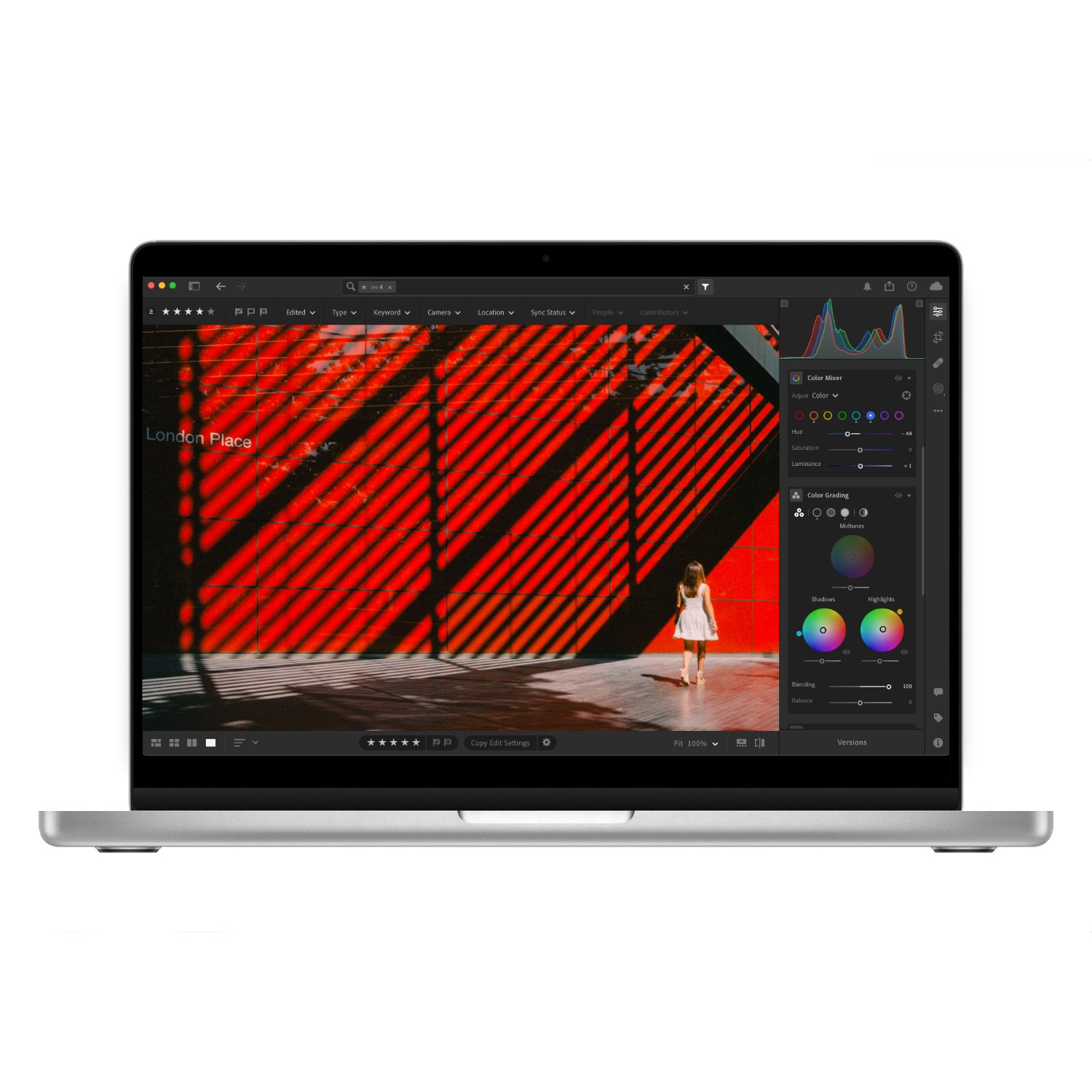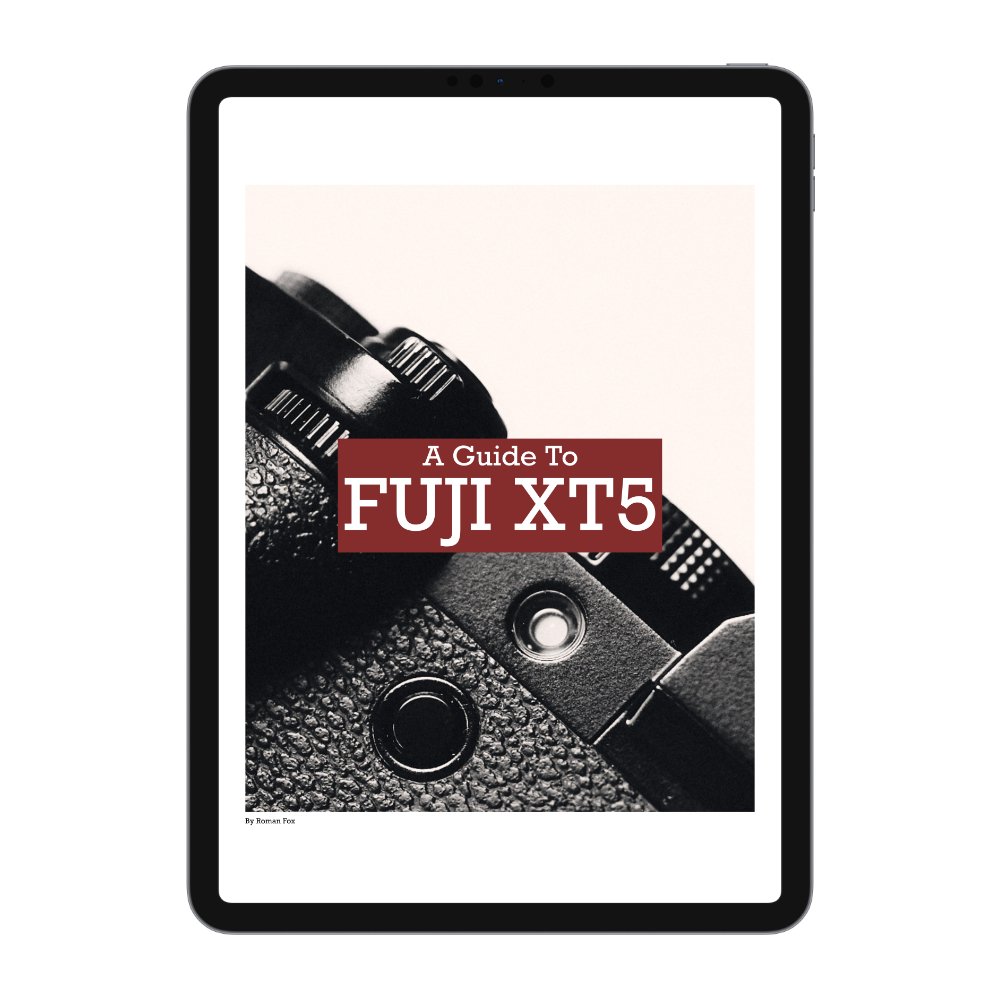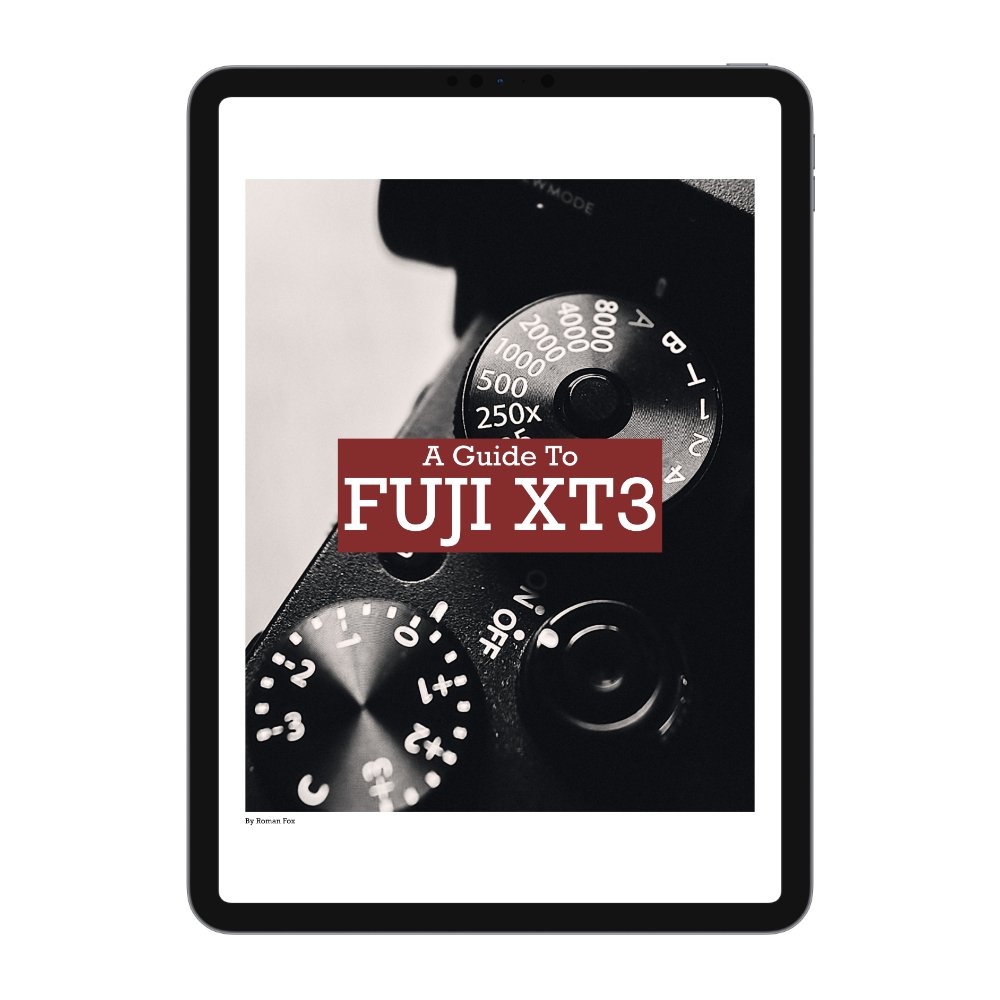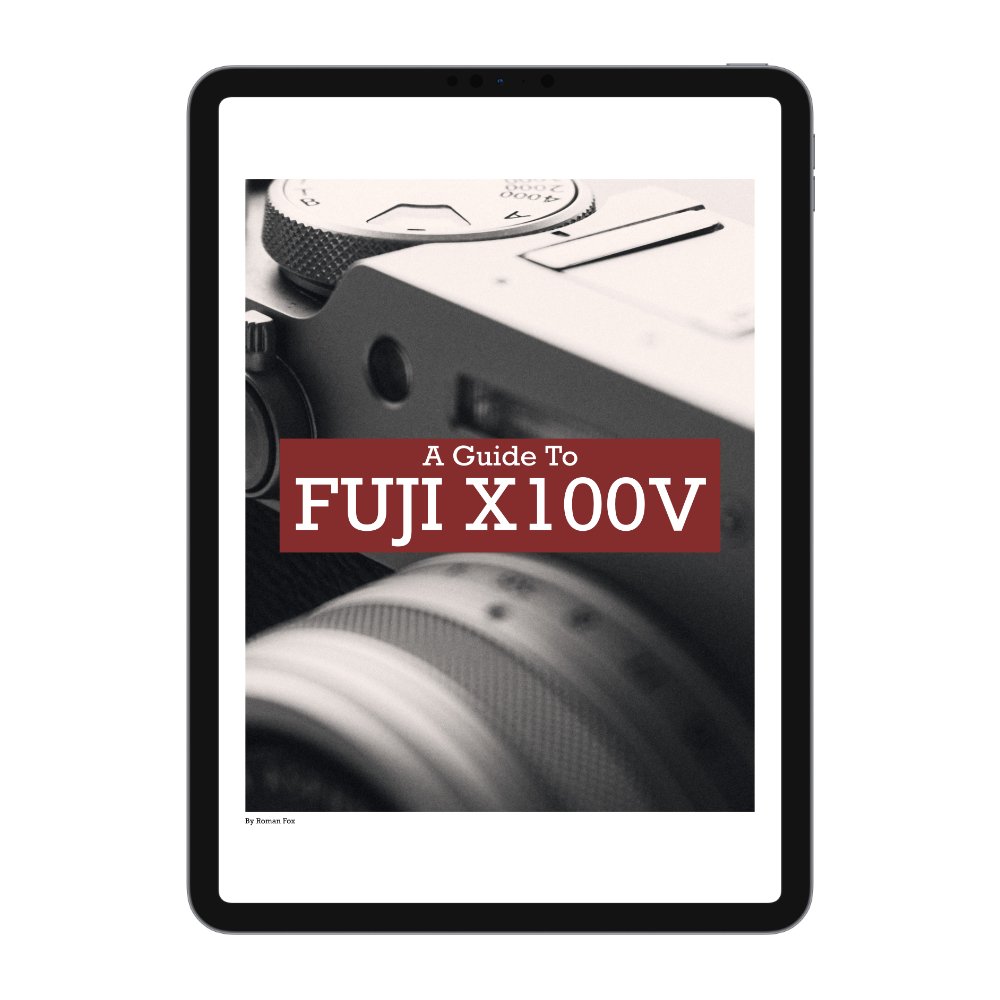Viltrox 75mm f1.2 Pro vs Fujifilm 90mm f2
In this blog I will compare the Viltrox 75mm f1.2 Pro and Fujifilm 90mm f2 as the two leading premium telephoto primes for Fujifilm cameras. There’s also a Samyang 75mm f1.8 however I’ve not used it so can’t include it here.
Common Strengths
Both lenses are built extremely well and feel high quality. They have solid metal bodies and all the dials feel well damped. Both lenses have weather sealing and aperture dials. Both lenses have focus dials that are as accurate as you could get for fly by wire systems. Both lenses have amazing image quality and are incredibly sharp even wide open. Both have good autofocus systems for photography.
Common Weaknesses
Both lenses are big and heavy. The Fuji is slightly longer while the Viltrox is wider and a little heavier. Both lenses are heavy and are only suitable for larger Fuji bodies such as the XT and XH. Of course they will work with smaller bodies, it just won’t be as comfortable to use for long periods. Both lenses have large glass elements so although the autofocus systems are good, they can take longer to go from one extreme (infinity) to the other (1m).
Fuji 90mm Strengths
First up the Fuji has a longer focal length thus giving you more reach in the same package. Although the lenses are of a similar size and weight, the Fuji is a little lighter and the barrel is thinner. This means it’s easier to pack into a sling or camera cube. The Fuji is a native lens so it will naturally work better with the camera. For example the firmware updates are done through the body and not separately through the USB port on the lens. Although the Viltrox has good autofocus, the Linear Motor system on the Fuji is superior. It’s faster, more responsive and tracks better. It’s also quieter and more reliable for video. The STM motor in the Viltrox is great for photography of slower subjects and still life however I’d not use it for wildlife or sports. In general there was a clear difference between the Fuji and the Viltrox in terms of which lens was best optimised for the Fuji body. Finally although the image quality is very similar, the 90mm does pull ahead a little in terms of sharpness. This is something only true pixel peepers will notice but the slight improvement is there.
Viltrox 75mm Strengths
There is no getting around that at f1.2 you’re letting in a LOT more light compared to f2. So straight away this lens takes the lead when it comes to low light or night photography. Secondly this lens is half the price of the 90mm but definitely not half the lens. When it comes to value for money, this is a clear winner. The third advantage is the AF-MF switch on the body. For some people this won’t be a concern but if you have a body without the physical switch like the XH2 / XH2s, then this is a welcome addition.
Which One Should You Get?
This one is actually pretty simple to answer. If you want the longest reach, obviously go for the Fuji. If you want the best low light performance, the Viltrox is the clear choice. If you need the best autofocus performance, then the Linear Motors in the Fuji are hard to beat. If you want the best value for money, the Viltrox wins for sure. For most people I would suggest the Viltrox mainly due to value for money.
If you’re considering purchasing this item and use the affiliate links below, it will not cost you any extra however I will get a small % kickback which helps keep this blog ad free for you to enjoy.
Purchase here:



